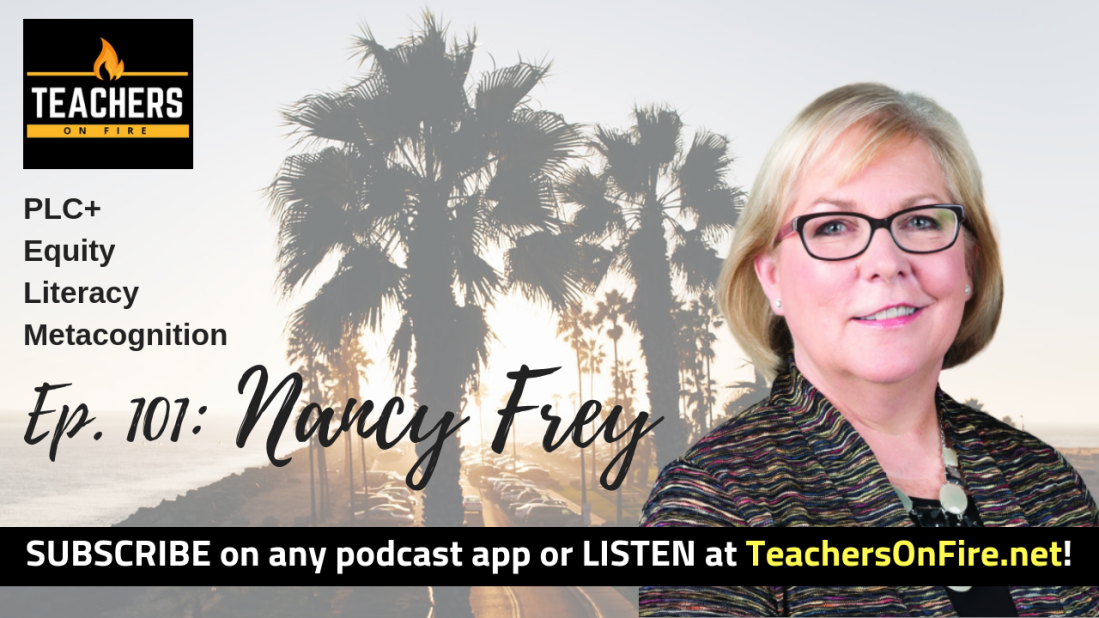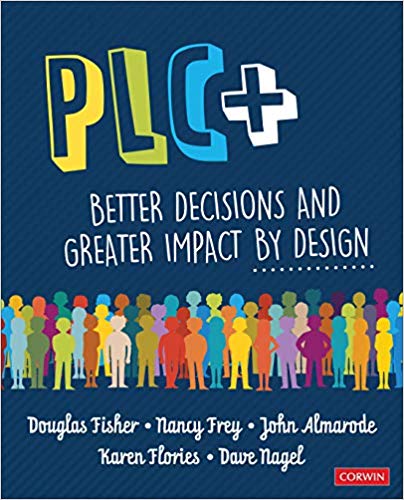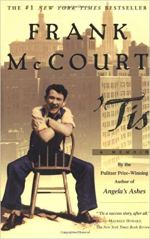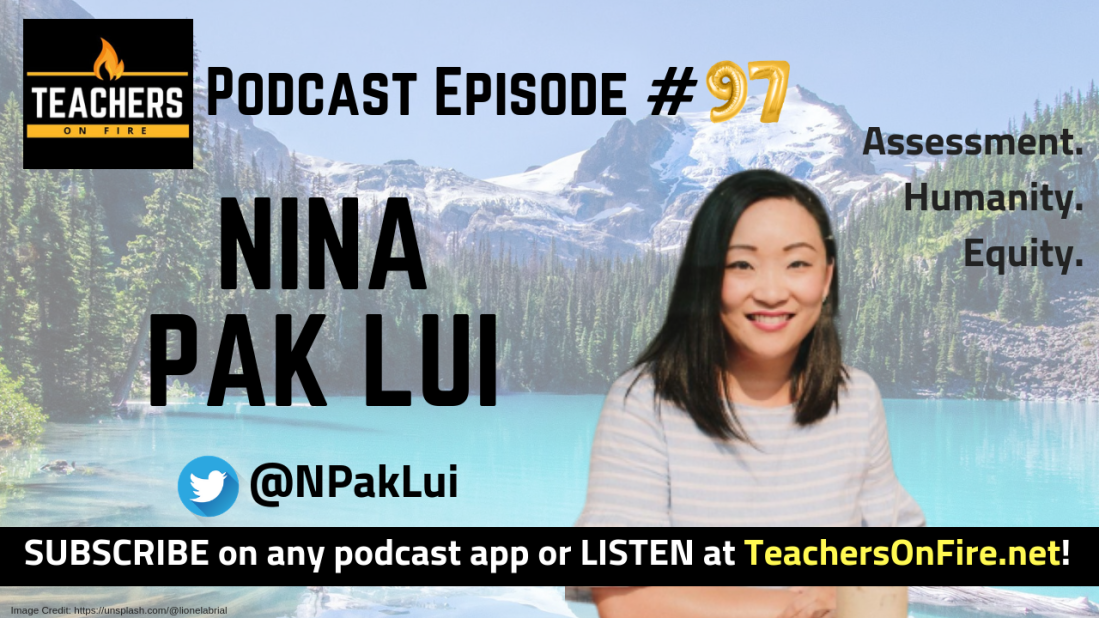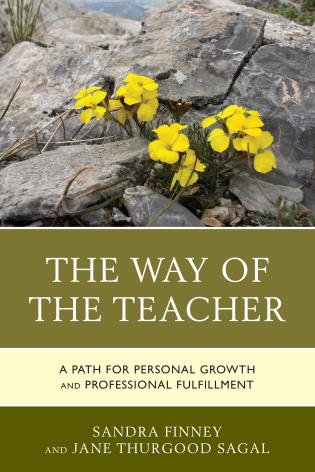Meet Dr. Christine Younghusband
CHRISTINE YOUNGHUSBAND is passionate about teaching and learning and the role of leadership in enhancing the student learning experience in K-12 and higher education. She earned her doctorate in Educational Leadership in 2017 from Simon Fraser University (SFU) and is currently an Assistant Professor at the University of Northern British Columbia (UNBC) in the B.Ed. Teacher Education Program and M.Ed. Leadership Program.
Her 25-year career in education includes teaching secondary mathematics and science in BC public schools and contributing to the provincial Math curriculum redesign. Christine is a learner first, and her teaching practice is guided by her inquiry and curiosity. She “learns by doing” with a willingness to try, take risks, and try again. She values learning experientially as a reflective practitioner.
Leaving the Classroom
Christine recalls a period about ten years ago when she actually left the classroom and teaching. It was a heartwrenching decision because she loved her teaching areas, her students, and the work she had done to build positive cultures in her learning community. But personal circumstances outside of the school forced her to reconsider her core values and commitments, and so her professional journey took a new direction.
After a nice period of time that allowed her to give her young daughter lots of special attention, she made a return to education in the forms of doctoral work and a school trusteeship. She credits the trusteeship with giving her another unique perspective in education which helped her complete her dissertation, providing insights that continue to contribute to her current roles. She has since been involved in numerous curricular design committees and has contributed to countless projects, including some related to Math and indigenous education in British Columbia.
Changing Assessment Paradigms
Changes in assessment practices and policies are incremental, Christine says pragmatically. Transitions do take time, particularly shifts toward portfolio-based admission strategies and feedback models of assessment at the post-secondary level. At their core, formative feedback paradigms attempt to put the focus squarely on learning.
In some cases, it’s helpful to think of useful assessment models being used outside of academia, such as the pass-fail structure we see in swimming report cards. Can this swimmer swim for 50 meters? The “score” doesn’t matter in that context – it really only matters whether the swimmer can make it to 50 meters or not. One refreshing result of removing weights and percentages from her own course reporting at the post-secondary level is that students no longer make strategic calculations about which learning activities to focus on, which activities to really invest effort in, or which activities are worth skipping.
Formative assessment makes learning more meaningful, says Christine. There’s no risk to the learner – only the opportunity for growth, learning, and improvement. It’s just a constant cycle of pushing forward, receiving feedback, and pushing forward some more. In pass-fail environments, students learn — not to receive status or earn commendation, but because they are wholeheartedly intent on the learning itself.
Professional Learning Networks
Many of the students and teacher candidates that enter Christine’s education courses at the post-secondary level are not quite as engaged with social media as popular perceptions dictate, she says. One of the challenges of showing these students the learning opportunities available to them via professional learning networks is the idea that we tend not to teach or practice things that we haven’t experienced ourselves.
With that in mind, Christine asks her students to proactively create their own digital footprint in the form of e-portfolios, starting with who a thoughtful look at who they are as a person, because who we are is how we teach. Her students then begin a process of documenting their learning and growth as teacher candidates, and they also project forward to who they will be when they leave the program as practitioners.
She also asks her students to create a Twitter account and to begin participating in that space, even if it means more lurking than contributing at the beginning. As students begin to realize the tangible wins of support and resources available in eduTwitter, they encourage others to get involved. It’s been fun to watch the #UNBCed and #BCedchat communities grow and gain momentum.
Weaving the Disciplines Together
Something that has really been igniting Christine’s interest and curiosity of late is the activity of weaving. She comes into this space very consciously a learner, and she sees all kinds of literal and metaphorical integrations with culture, indigenous learning, coding, numeracy, kinesthetic learning, and the environment. It’s an activity rich with application and extension, and it’s also good for the spirit. Speaking of numeracy, Christine says that “Everyone can do math – we just have different entry points.” For some learners, weaving might be one of those entry points.
Professional Goals for 2020
Christine’s #OneWord2019 was WRITE, and although she looks forward to doing more published academic work, she looks back with satisfaction on all the writing that she was able to complete last year. This year, her OneWord is TENURE — not that she’s currently on a tenure track as a professor, but she seeks to move into the mindset of research, publishing, academic connections and collaboration.
Part of the challenge, Christine laughs, is to simply get over herself: as Brene Brown writes, to get past the senses of shame and inadequacy that we all wrestle with and simply get on with the work that is important to her. This will look like more academic contributions this year, and it may also include some personal work with sentimental significance, including a memoir about her mother.
Personal Learning: Weaving, Music, and Curling
When asked about personal passions and learning that ignites her passions when she leaves the UNBC campus, Christine can’t help but point back to weaving. She’s been enjoying weaving on Thursday nights at a community makerspace event, and she thinks part of the attraction is an interest in things she can’t do well. When she looks at weaving, she sees challenges with fine motor skills and coordination, but she knows that with time and persistence will come mastery.
Looking elsewhere, it’s also been a pleasure to discover the musical talents and passions of several of her peers in the UNBC faculty. Christine is also committed to rekindling a former passion: getting back to the curling rink. (For those from warmer climes, curling is essentially shuffleboard on ice.)
Professional Productivity
“I’m one of those people that works best under pressure,” Christine laughs. She’s not one for apps, routines, or hacks — she simply does the work that needs to get done by the time it needs to be done. Learning happens in community, so when we don’t complete contributions of learning by agreed-upon times, it affects the learning of others. Social responsibility compels us to honor deadlines more than penalties or money ever can.
Voices & Resources That Inspire Her Practice
Over on Twitter, Christine recommends following Nolle Pepin @Beaded_Tweets. Noelle is an indigenous educator whose work in weaving has been a big source of inspiration for Christine.
Dr. Christine’s pick for edtech tools is a classic: Google Docs. She asks her students to use Google Docs to annotate texts collaboratively, posting comments, asking questions, and responding to classmates on the same Doc.
Christine’s all-time favorite book in education is The Courage to Teach: Exploring the Inner Landscape of a Teacher’s Life by Parker J. Palmer. It reinforces her core values and mission and makes an easy recommendation to students.
When asked for a podcast pick, Christine admits she’s still relatively new to podcast consumption. Teachers on Fire is where it’s at!
We close out this conversation with some really fun video picks. On YouTube, Christine is watching Dr. Sandra Lee (aka Dr. Pimple Popper). Dr. Lee’s content isn’t for everyone, but Christine finds her videos amusing and satisfying. And on Netflix, she’s watching two other funny shows: Schitts Creek and Comedians in Cars Getting Coffee.
Make sure you connect with Christine using the contact information posted below!
You can connect with Dr. Christine …
- On Twitter @ChristineYH
- On Instagram @ChristineHoYounghusband
- On her website at https://christineyounghusband.com/
Connect with the Teachers on Fire podcast on social media:
- On Twitter @TeachersOnFire
- On Instagram @TeachersOnFire
- On Facebook @TeachersOnFire
- On LinkedIn: Tim W. Cavey
- On The Teachers on Fire Magazine
- On YouTube: Teachers On Fire
Subscribe to the Teachers on Fire podcast on your mobile device:
- On Apple Podcasts
- On Google Podcasts
- On Anchor
- On Spotify
Song Track Credits
- Bluntedsesh4 (by Tha Silent Partner, courtesy of FreeMusicArchive.org)
- Sunrise Drive by South London Hifi*
- Anthem by The Grand Affair*
*courtesy of the YouTube Audio Library
Listen on YouTube and subscribe to the Teachers on Fire channel!
*This page contains Amazon affiliate links.

